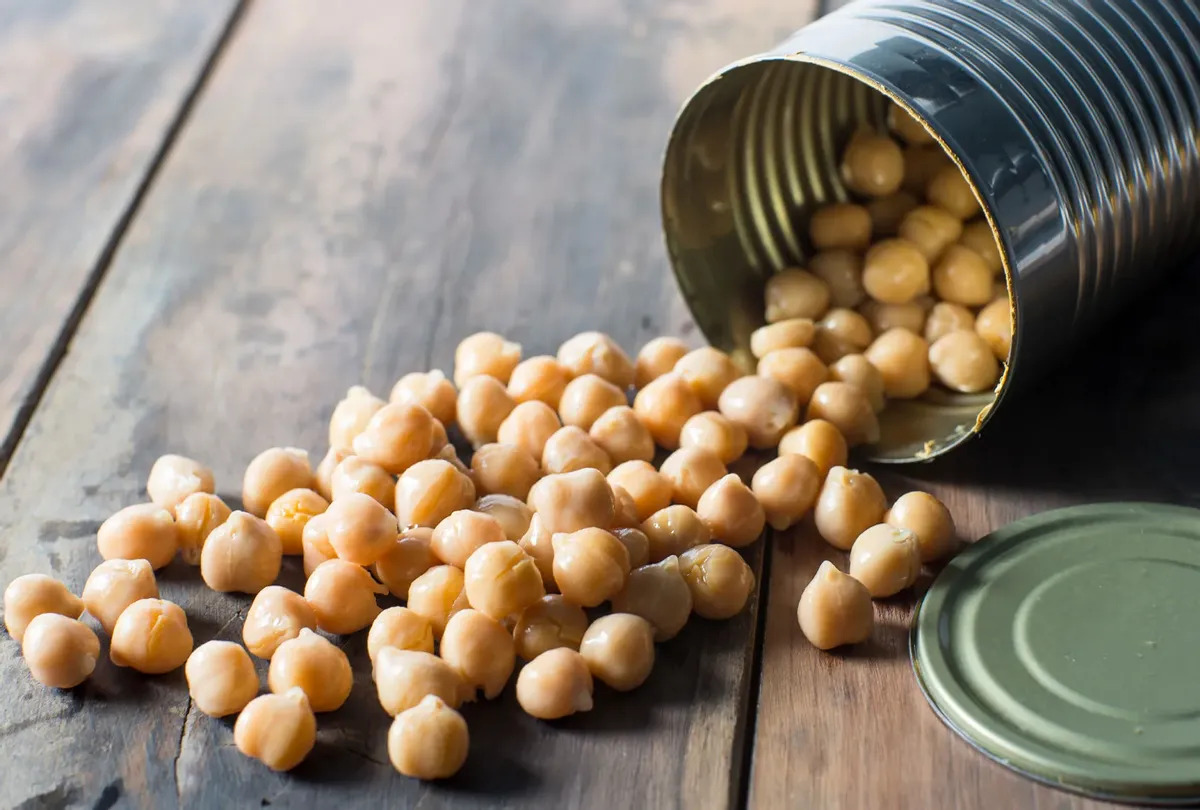

Articles
How To Store Canned Chickpeas After Opening
Modified: May 6, 2024
Learn the best way to store canned chickpeas after opening with these helpful articles. Keep your chickpeas fresh and delicious for longer with these tips.
(Many of the links in this article redirect to a specific reviewed product. Your purchase of these products through affiliate links helps to generate commission for Storables.com, at no extra cost. Learn more)
Introduction
Are you a fan of chickpeas? Whether you love them in salads, stews, or hummus, canned chickpeas are a convenient and versatile ingredient to have in your pantry. However, once you open a can of chickpeas, you might not always use the entire contents in one recipe. So, what’s the best way to store those leftover canned chickpeas to maintain their freshness and taste?
In this article, we’ll explore the importance of storing canned chickpeas after opening and provide you with some general guidelines and options for storage. By following these tips, you can ensure that your canned chickpeas remain tasty and ready to use whenever you need them!
Key Takeaways:
- Properly storing canned chickpeas after opening is crucial for maintaining freshness, taste, and safety. Whether refrigerating, freezing, or pantry storage, following guidelines ensures they’re ready for delicious meals or snacks.
- To maintain the best taste and quality of canned chickpeas, seal containers properly, use high-quality brands, check expiration dates, rinse thoroughly, store away from strong odors, rotate stock, and get creative with spices and seasonings.
Read more: How To Store Canned Beans After Opening
Why Store Canned Chickpeas After Opening?
Once you open a can of chickpeas, it’s important to store the remaining portion properly. This is because exposure to air and moisture can lead to spoilage and the growth of bacteria, affecting both the flavor and safety of the chickpeas. Here are a few reasons why it’s crucial to store canned chickpeas after opening:
- Freshness: Storing canned chickpeas properly helps to maintain their freshness and texture. Without proper storage, the chickpeas can become mushy and lose their delicious crunch.
- Taste: When exposed to air, chickpeas can absorb odors from the surroundings, which may alter their flavor. By sealing them properly, you can preserve their natural and delicious taste.
- Safety: Improperly stored chickpeas can become a breeding ground for harmful bacteria, such as Clostridium botulinum, which can cause foodborne illnesses. It’s essential to follow proper storage practices to reduce the risk of contamination and maintain food safety.
- Economy: Opening a can of chickpeas and then throwing away the leftovers is a waste of food and money. By storing them correctly, you can extend their shelf life and ensure that they’re still usable for future recipes.
Now that you understand the importance of storing canned chickpeas after opening, let’s dive into some general guidelines and options for storing them properly.
General Guidelines for Storing Canned Chickpeas
When it comes to storing canned chickpeas after opening, there are a few general guidelines to keep in mind. Follow these tips to maintain the quality and freshness of your chickpeas:
- Transfer to airtight container: Once you open a can of chickpeas, it’s best to transfer the remaining chickpeas and liquid to an airtight container. This will prevent exposure to air and moisture, keeping the chickpeas fresh for longer.
- Label and date: Don’t forget to label the container with the date it was opened. This will help you keep track of how long the chickpeas have been stored.
- Refrigerate promptly: If you plan to use the chickpeas within a few days, refrigerate them promptly. Place the container in the refrigerator where they can stay fresh for up to 4-5 days.
- Freeze for longer storage: If you’re not planning to use the chickpeas within a week, consider freezing them for longer storage. Freezing is a great option to extend the shelf life of canned chickpeas for up to 3-4 months.
- Divide into portions: If you anticipate using a portion of chickpeas in a particular recipe, consider dividing them into smaller portions before storage. This way, you can defrost only what you need without having to thaw the entire batch.
- Consider plastic freezer bags: When freezing chickpeas, consider using plastic freezer bags. These bags provide airtight protection against freezer burn and take up less space in the freezer compared to containers.
By following these general guidelines, you can ensure that your canned chickpeas stay fresh, flavorful, and safe to consume. Now, let’s explore a few specific options for storing canned chickpeas after opening.
Option 1: Refrigerating Canned Chickpeas
If you plan to use the remaining canned chickpeas within a few days, refrigeration is a suitable storage option. Follow these steps to properly refrigerate your canned chickpeas:
- Transfer to airtight container: After opening the can, transfer the chickpeas along with the liquid to an airtight container. Make sure to cover them completely in the liquid.
- Label and date: Label the container with the date of storage to keep track of its freshness.
- Refrigerate promptly: Place the container in the refrigerator, preferably on a shelf near the front for easy access.
Refrigerated chickpeas can usually stay fresh for up to 4-5 days. However, always check for any signs of spoilage or funky odors before use. If the chickpeas appear discolored, have an off-putting smell, or exhibit any signs of mold, it’s best to discard them.
Refrigerated chickpeas work well in salads, sandwiches, or as a topping for bowls. Make sure to drain and rinse them before using to remove any excess liquid or sodium.
Now that you know how to refrigerate your canned chickpeas, let’s move on to another storage option: freezing.
After opening canned chickpeas, transfer them to an airtight container and store in the refrigerator for up to 3-4 days. Make sure to use the chickpeas within this time frame to ensure freshness and safety.
Option 2: Freezing Canned Chickpeas
If you don’t plan to use the remaining canned chickpeas within a week, freezing is a great option to extend their shelf life. Here’s a step-by-step guide on how to freeze canned chickpeas:
- Transfer to a freezer-safe container or bag: Drain and rinse the chickpeas thoroughly. Then, transfer them to a freezer-safe container or plastic freezer bag. If using a bag, remove as much air as possible before sealing it.
- Label and date: Label the container or bag with the date of freezing to ensure you know how long they’ve been stored.
- Divide into portions: Consider dividing the chickpeas into smaller portions before freezing. This way, you can easily thaw only what you need for a specific recipe.
- Freeze: Place the container or bag of chickpeas in the freezer, making sure to lay them flat to maximize space. Allow them to freeze completely before stacking them if needed.
Frozen chickpeas can maintain their quality for up to 3-4 months. However, for the best taste and texture, it’s ideal to use them within the first 2-3 months of freezing. Beyond that point, they may start to lose their flavor or develop freezer burn.
When you’re ready to use the frozen chickpeas, simply remove the desired portion from the freezer and thaw them in the refrigerator overnight. Alternatively, you can thaw them quickly by placing them in a bowl of cold water for a few hours.
Keep in mind that freezing may alter the texture of chickpeas slightly, making them a bit softer. This texture change is more noticeable in cooked chickpeas compared to uncooked ones. Therefore, frozen chickpeas are best suited for use in soups, stews, curries, or blended into hummus.
Now that you have learned how to freeze your canned chickpeas, let’s explore another storage option: storing them in the pantry.
Read more: How To Store Canned Corn After Opening
Option 3: Storing Canned Chickpeas in the Pantry
If you’re planning to use the canned chickpeas within a short period, storing them in the pantry is a convenient option. Here’s how you can store canned chickpeas in your pantry:
- Keep in the original can: If you’re confident that you’ll use the remaining chickpeas within a few days, you can simply keep them in the original can. Just make sure to cover the can with a tight-fitting lid or plastic wrap to prevent the chickpeas from drying out.
- Label and date: It’s important to label the can with the date of opening to ensure you use them before their expiration date.
- Place in a cool and dry area: Find a cool and dry spot in your pantry to store the canned chickpeas. Avoid areas that are exposed to direct sunlight or excessive heat, as they can accelerate spoilage.
Stored properly, canned chickpeas can maintain their quality for several months in the pantry. However, it’s always a good idea to check for any signs of spoilage, such as mold growth, before using them.
When using canned chickpeas from the pantry, remember to drain and rinse them thoroughly before using. This helps remove excess sodium and any canning liquid that may affect the taste of your dish.
Storing canned chickpeas in the pantry is a convenient option when you plan to use them within a short time frame. However, if you anticipate a longer storage period, refrigerating or freezing them would be a better choice.
Now that you’ve explored all the storage options, let’s move on to some tips to maintain the taste and quality of your canned chickpeas.
Tips for Maintaining Taste and Quality of Canned Chickpeas
To ensure that your canned chickpeas remain flavorful and of high quality, here are some handy tips to keep in mind:
- Properly seal the container: Whether you’re refrigerating or freezing the canned chickpeas, make sure to seal the container or bag tightly. This will prevent moisture and air from affecting the taste and texture of the chickpeas.
- Use high-quality brands: Opt for reputable brands when purchasing canned chickpeas. The quality of the chickpeas can significantly impact the taste and texture of your dishes.
- Check for expiration dates: Always check the expiration date on the can before purchasing and consuming canned chickpeas. Using expired chickpeas can result in a less desirable taste and quality.
- Rinse thoroughly: When using canned chickpeas, drain and rinse them under cool water to remove any excess sodium or canning liquid. This step helps enhance the flavor and reduces the saltiness of the chickpeas.
- Store away from strong odors: Keep your stored chickpeas away from strong-smelling foods in your pantry or refrigerator. Chickpeas tend to absorb odors, which can affect their taste.
- Rotate your stock: To avoid having old cans of chickpeas sitting in your pantry for too long, practice stock rotation. Place newer cans behind older ones, ensuring that you use the oldest cans first.
- Experiment with spices and seasonings: Don’t be afraid to get creative with your chickpea recipes. Experimenting with different spices, herbs, and seasonings can elevate the taste and add variety to your dishes.
By following these tips, you can maintain the taste, texture, and overall quality of your canned chickpeas. Whether you’re using them in salads, soups, or dips, these tips will help you make the most out of your chickpea recipes.
Now that you’re equipped with the knowledge to store and preserve canned chickpeas, you can enjoy the convenience and versatility of this pantry staple for your favorite dishes.
Remember, proper storage and handling not only ensure the best flavor but also contribute to food safety. Enjoy your flavorful chickpea creations!
Is there anything else you would like to know?
Conclusion
Storing canned chickpeas after opening is essential to maintain their freshness, taste, and safety. Whether you choose to refrigerate, freeze, or store them in your pantry, following proper guidelines will ensure that your chickpeas are always ready for delicious meals or snacks.
Refrigerating canned chickpeas is a suitable option for short-term storage of up to 4-5 days. Make sure to transfer them to an airtight container and label it with the date of storage.
Freezing canned chickpeas is ideal for longer storage of up to 3-4 months. Divide them into portions, seal them well in freezer bags or containers, and label them for easy identification.
If you plan to use the chickpeas within a few days, storing them in the pantry in their original can is convenient. Remember to cover the can and place it in a cool, dry area away from strong odors.
To maintain the best taste and quality of your canned chickpeas, properly seal the containers, use high-quality brands, check expiration dates, rinse them thoroughly, store them away from strong odors, rotate your stock, and get adventurous with spices and seasonings.
By adhering to these guidelines and incorporating these tips, you can ensure that your canned chickpeas remain delicious and enjoyable to use in a variety of recipes.
So, the next time you open a can of chickpeas, remember to store the leftovers properly and make the most out of this versatile ingredient.
Now that you have learned how to store canned chickpeas after opening, it’s time to put this knowledge into practice and enjoy the tasty goodness of chickpeas in your favorite dishes!
Now that you've mastered storing canned chickpeas, why stop there? For anyone eager to keep all sorts of perishables in top shape, our guide on the latest and most effective food storage solutions for the coming year is a must-read. From innovative containers to smart preservation tips, you'll find everything needed to extend the shelf life and maintain the flavor of your favorite foods. Don't miss out on making your kitchen more efficient and your cooking even more delightful.
Frequently Asked Questions about How To Store Canned Chickpeas After Opening
Was this page helpful?
At Storables.com, we guarantee accurate and reliable information. Our content, validated by Expert Board Contributors, is crafted following stringent Editorial Policies. We're committed to providing you with well-researched, expert-backed insights for all your informational needs.
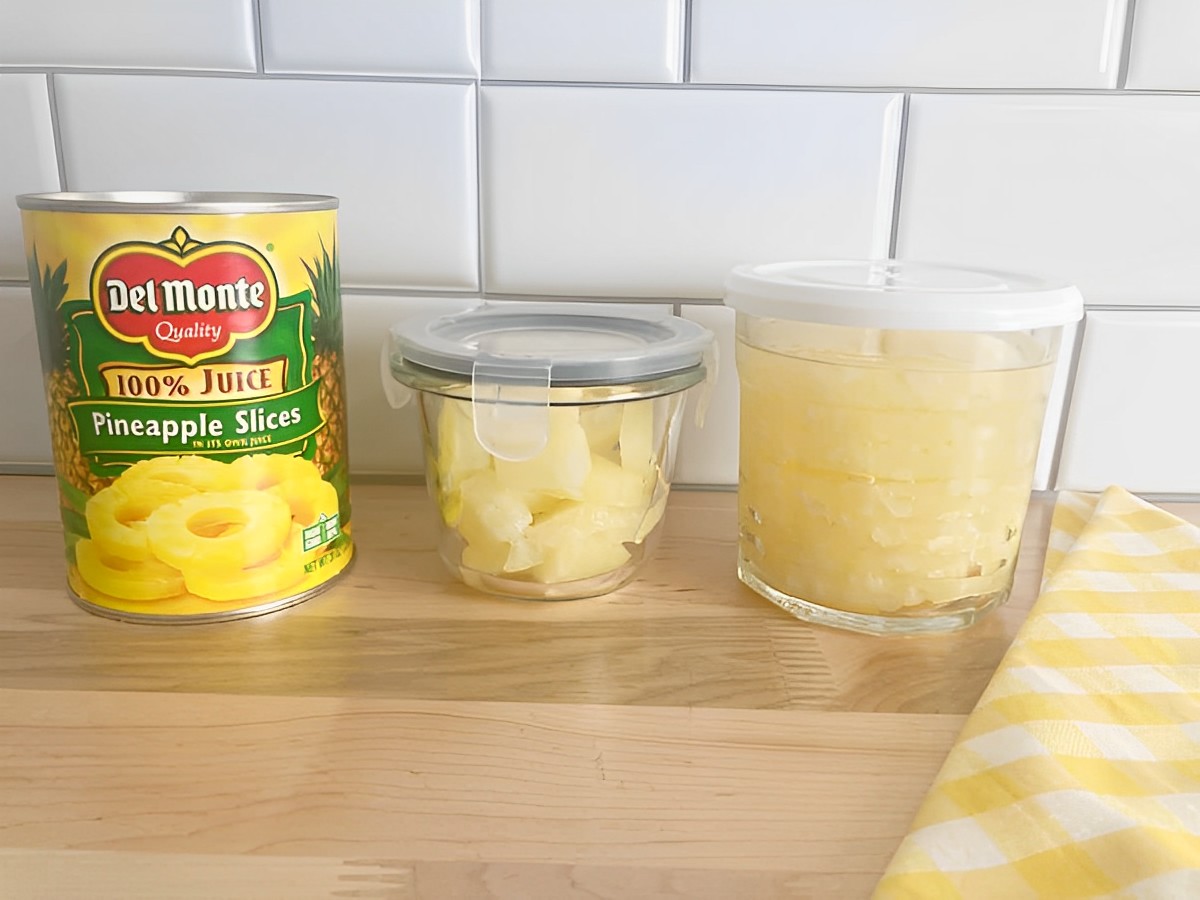
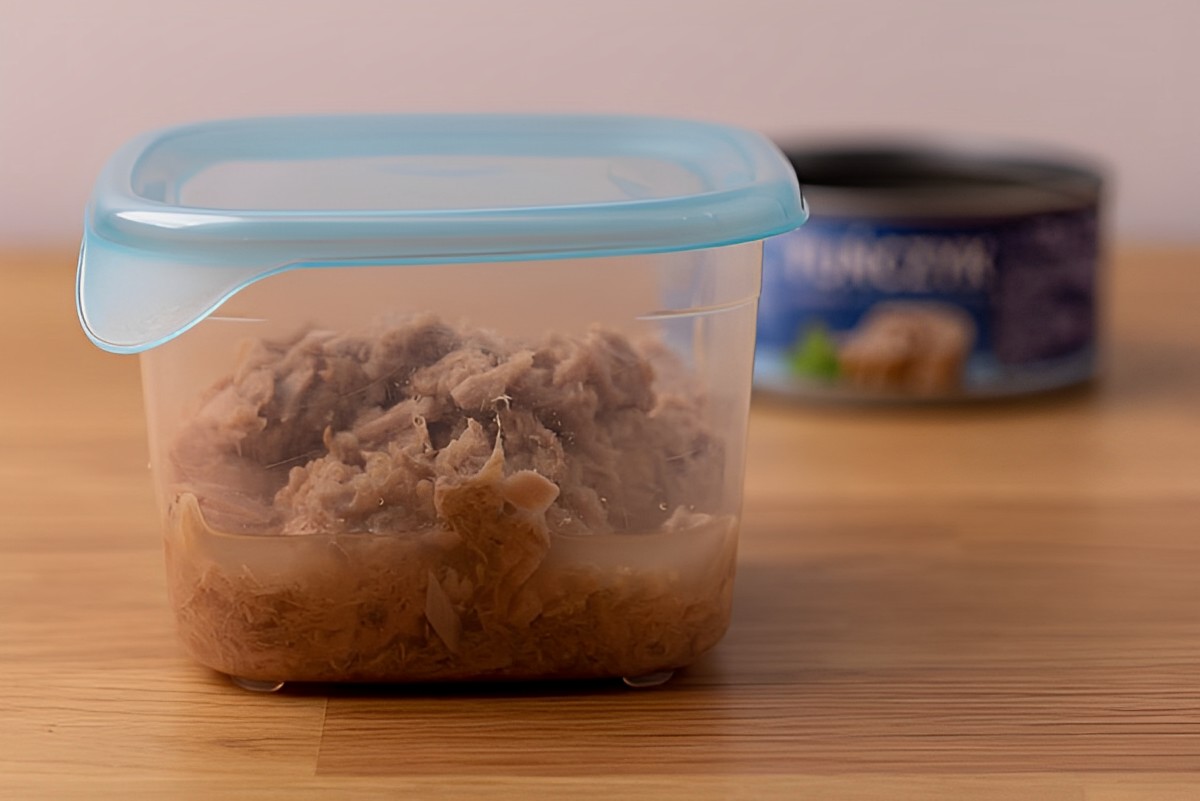
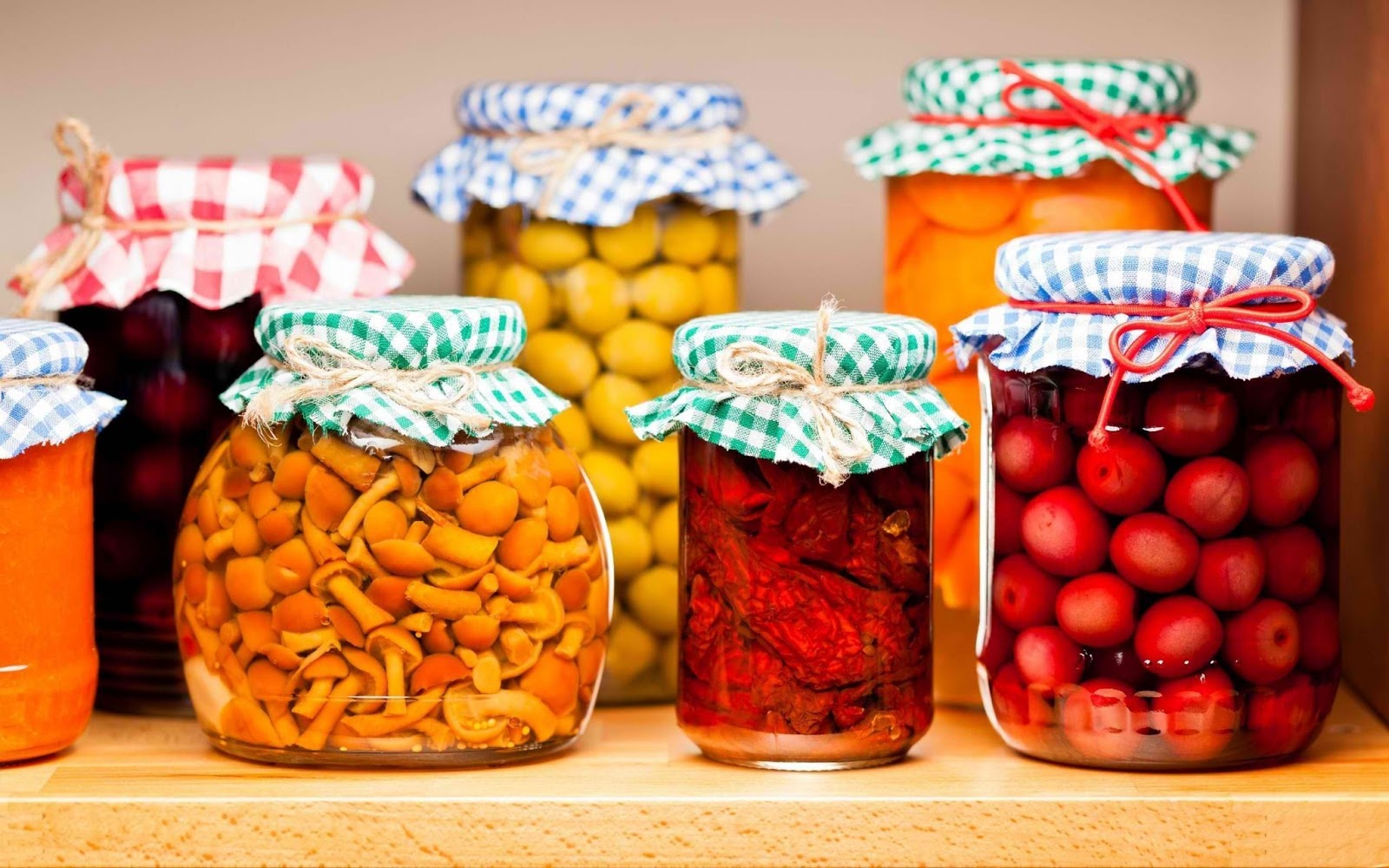
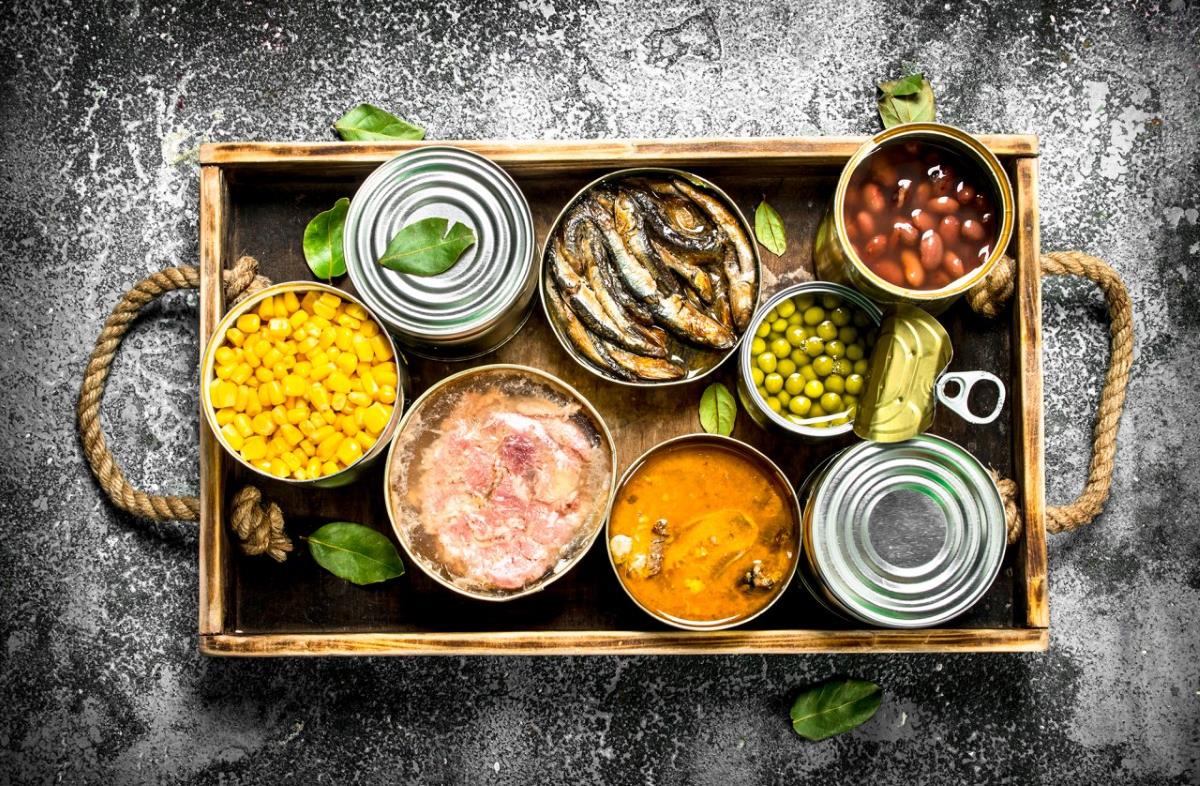
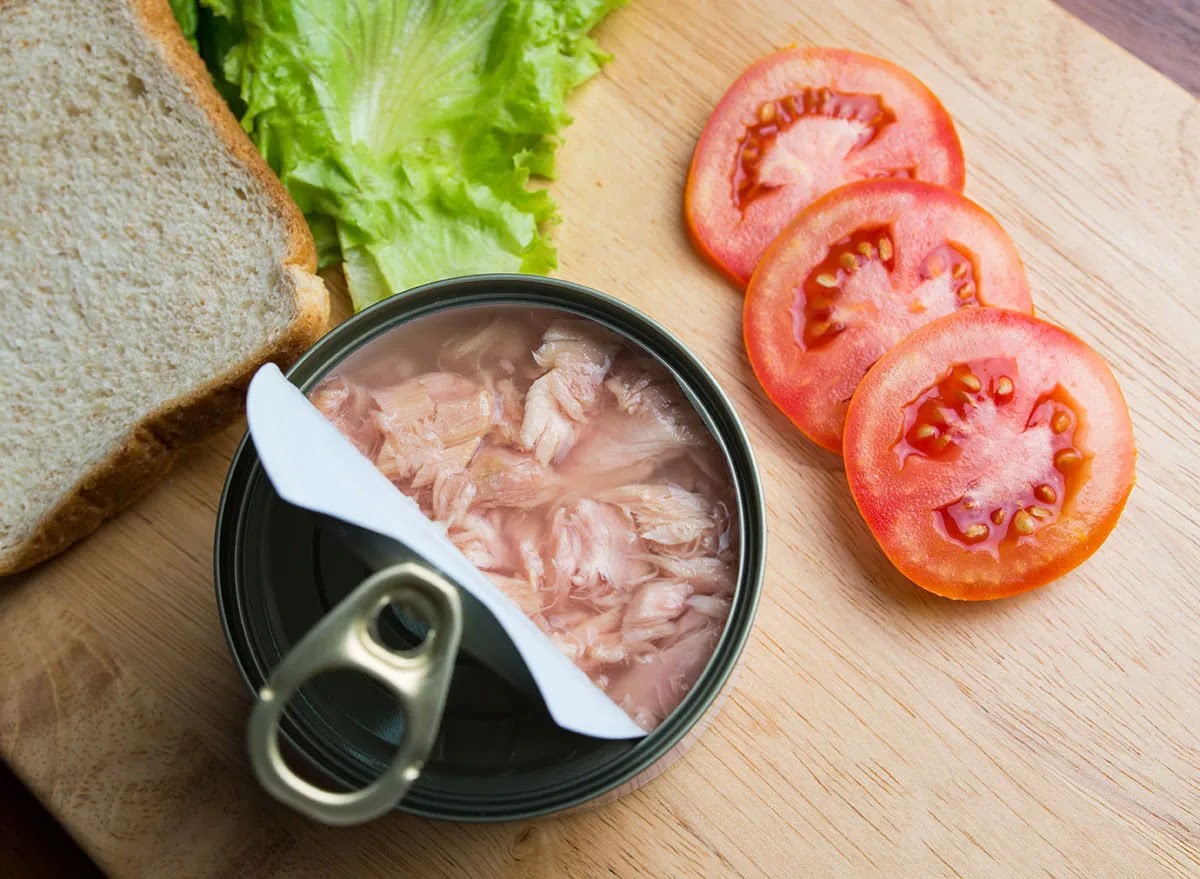
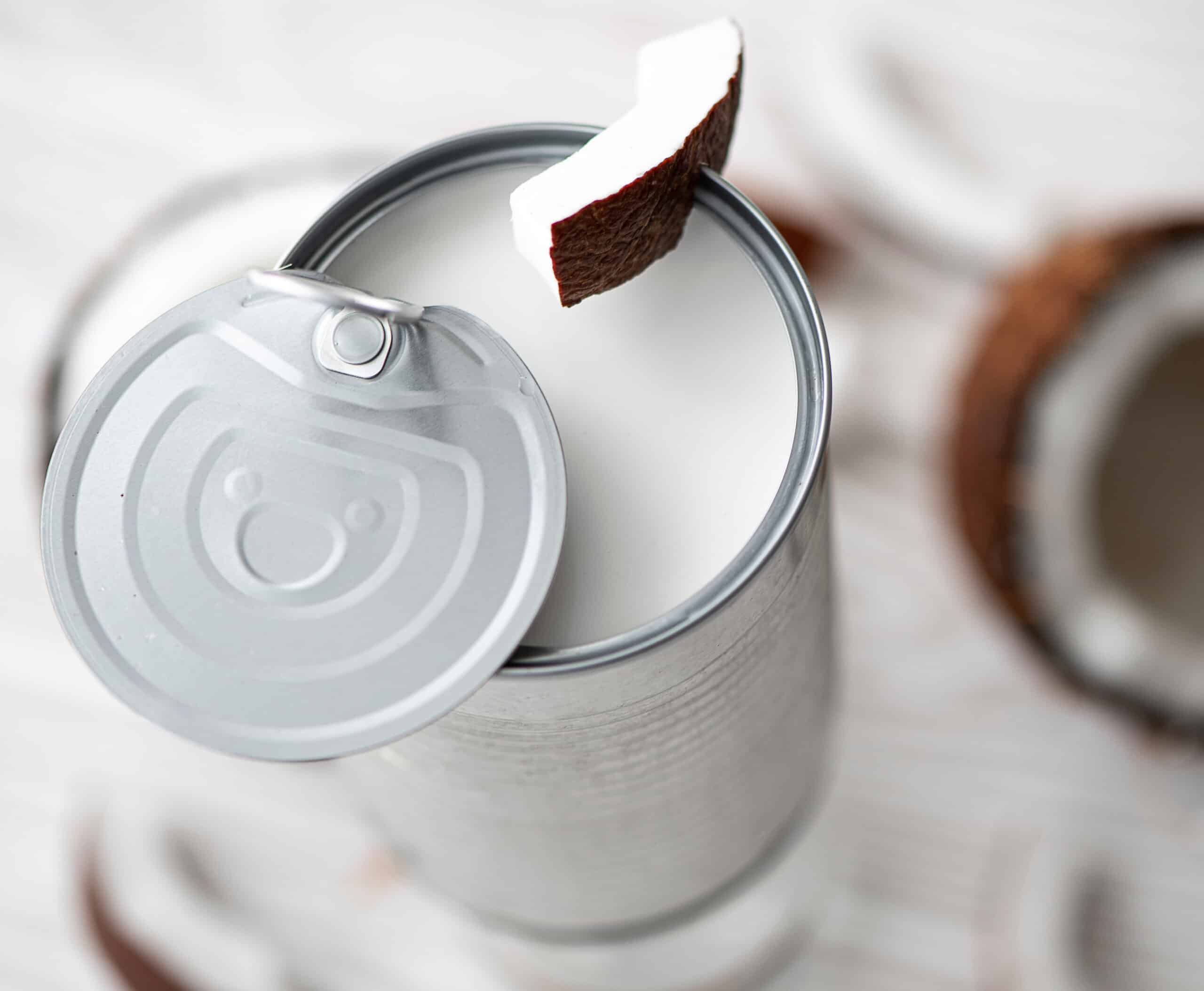
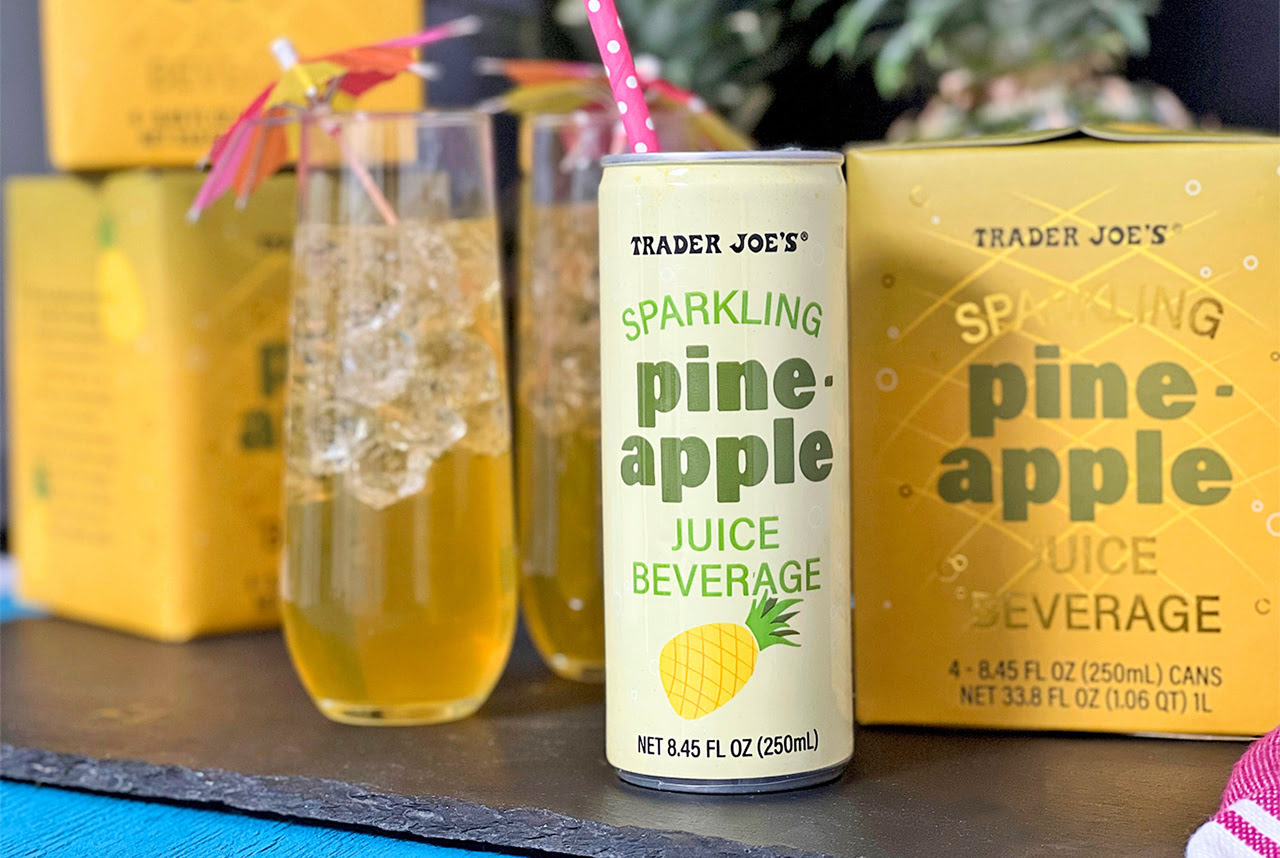


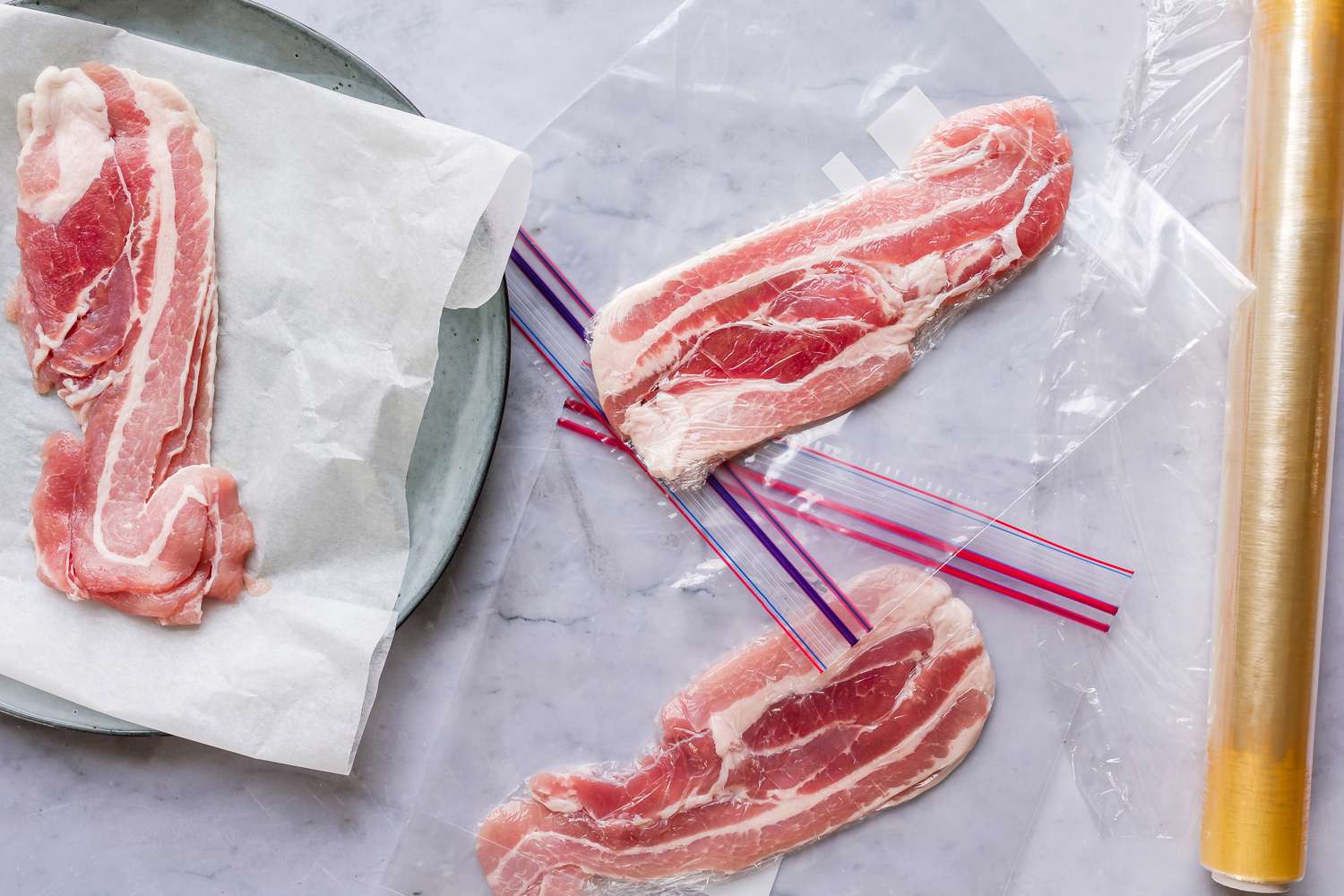


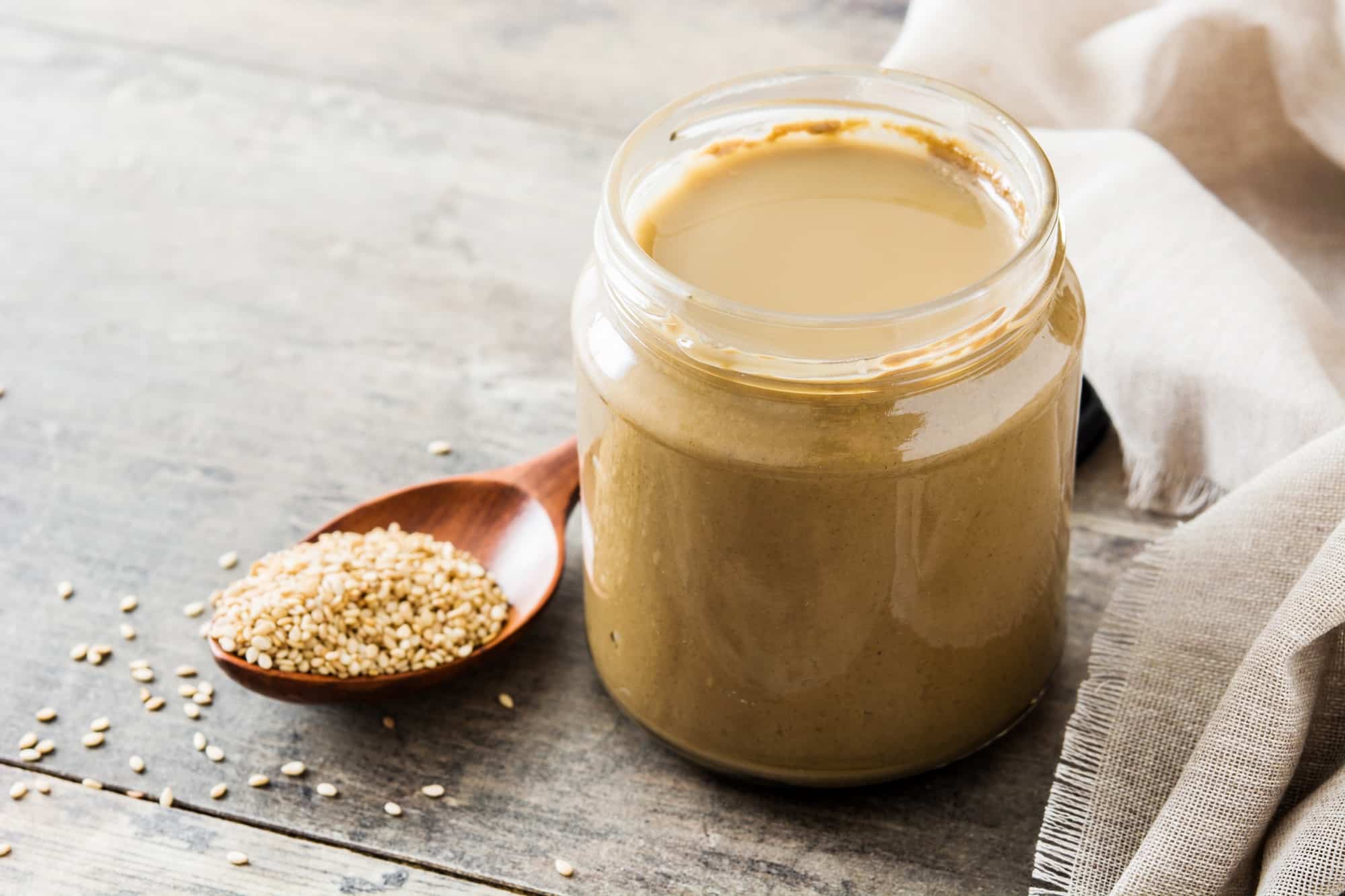
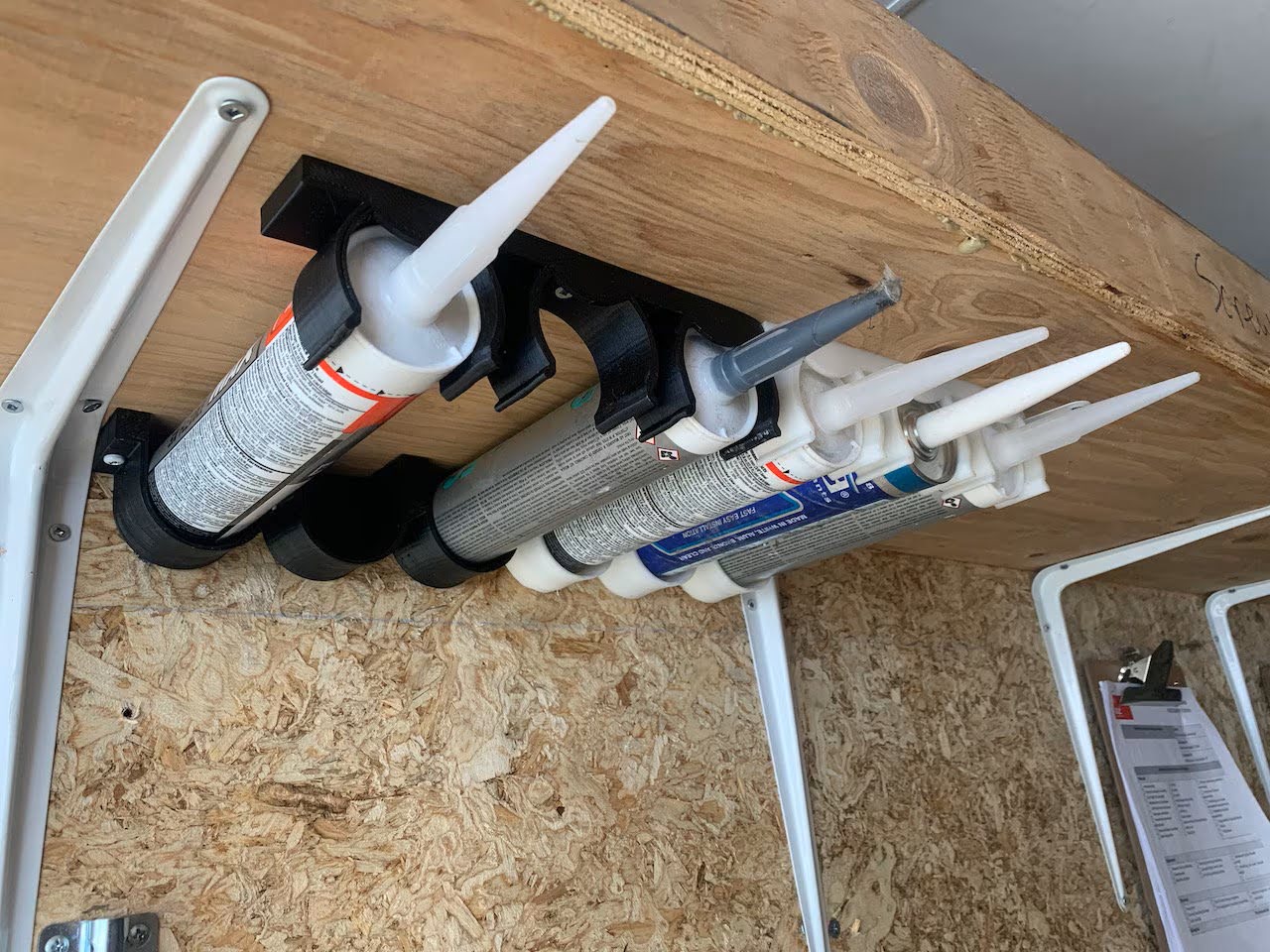

0 thoughts on “How To Store Canned Chickpeas After Opening”